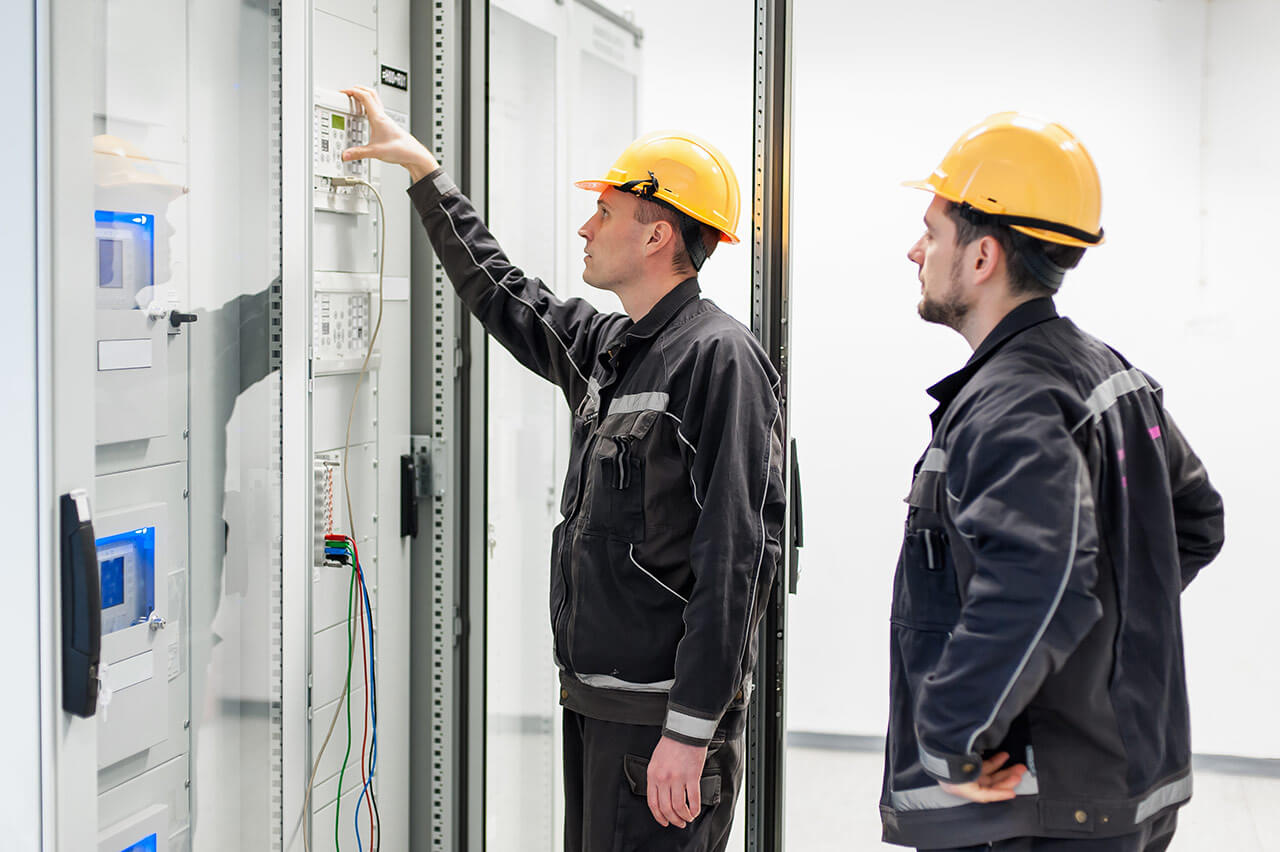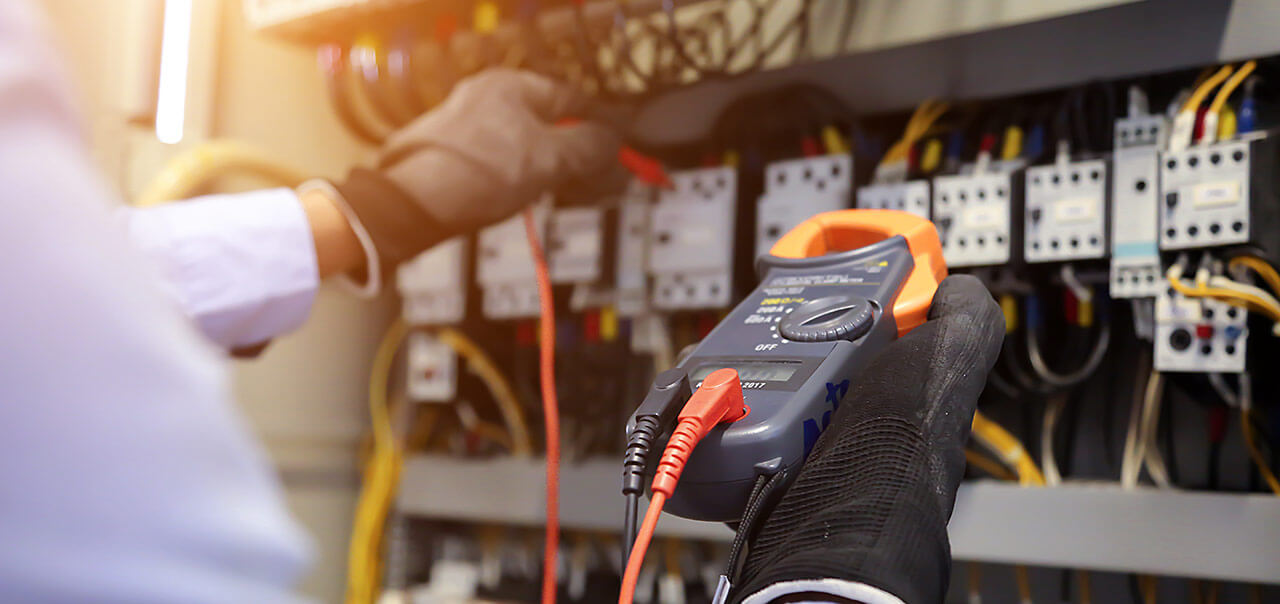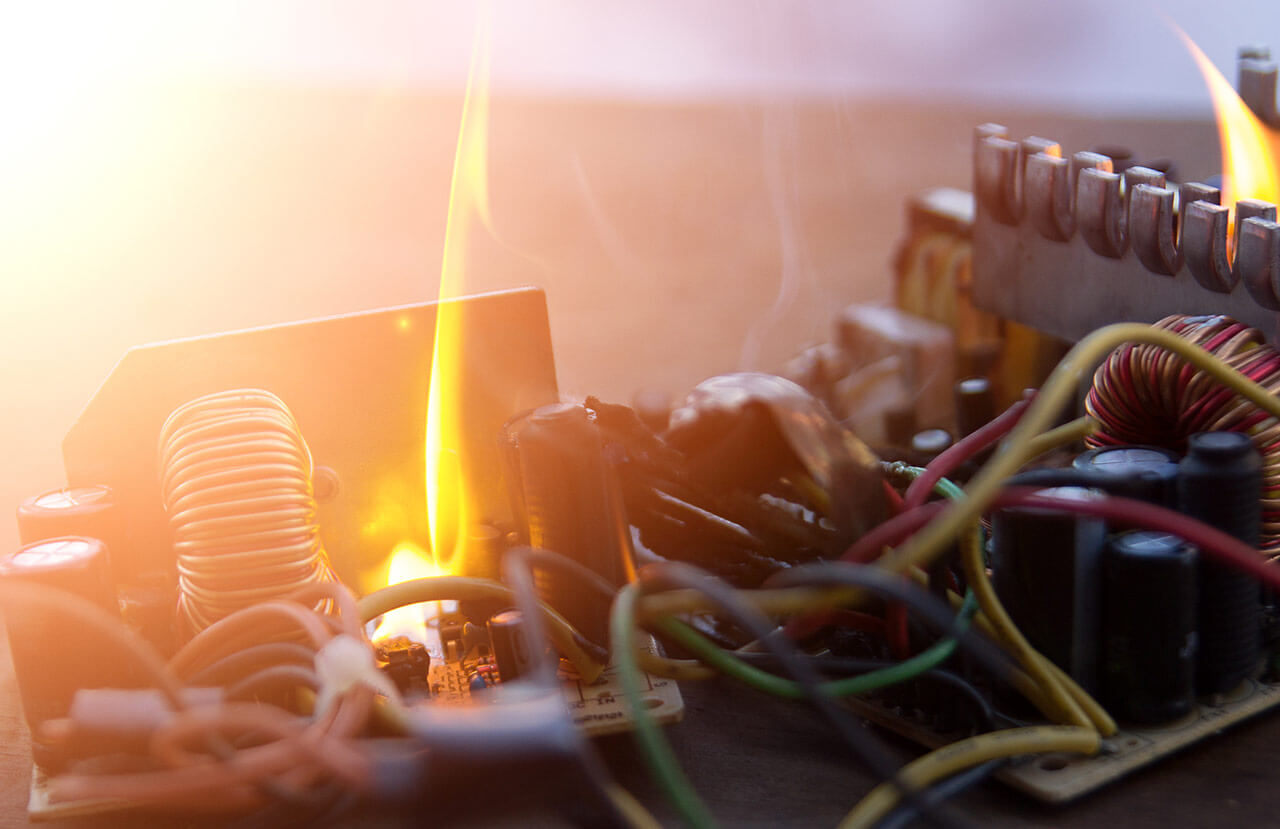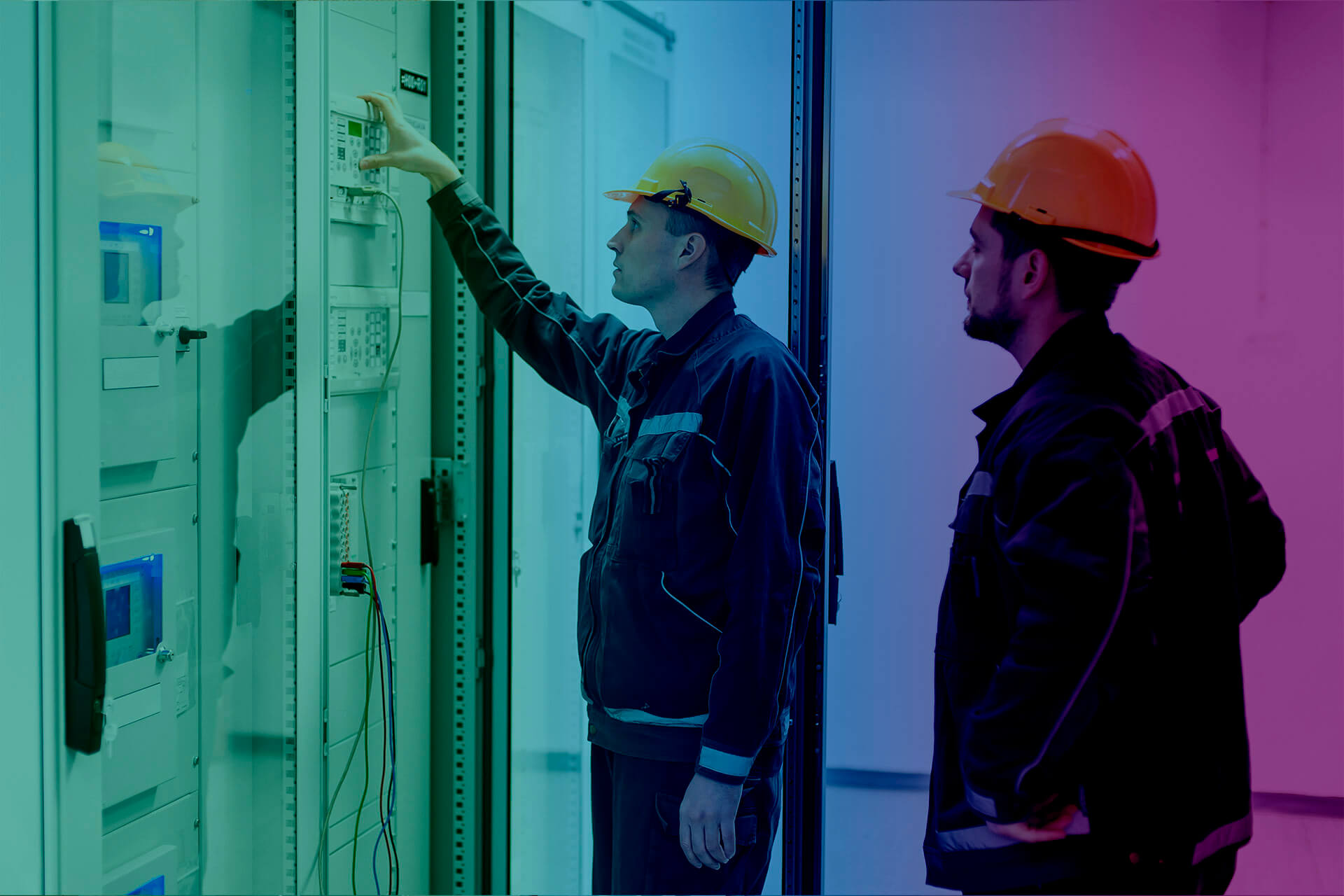In this article, we will detail the five main electrical hazards that can occur in a hospital and the protocol for action before, during and after an electrical incident.
The electrical safety of patients, healthcare staff and medical equipment and systems is a crucial issue in healthcare facilities. As we explain in this basic guide, the aim is to avoid problems that could harm the health of patients and the operation of the healthcare centre and medical staff. In other words: to prevent and know how to act in the face of the main electrical risks in a hospital.
“Electricity is an integral part of most modern hospitals.”
From lighting and ventilation systems to state-of-the-art medical equipment, electricity is essential to the day-to-day running of a healthcare facility. However, given the complexity of these healthcare ‘cities’, there are also a number of risks that can jeopardise the safety of patients, medical staff and visitors.
The importance of hospital electrical design
It has always been an absolute priority in hospital facilities to avoid the negative effects of electrical current, especially in situations where the patient is helpless and particularly exposed.
For example, a sedated or anaesthetised patient cannot react to electrical contact, and if the contact is invasive, the effects are even more severe.

Electrical hazards
In this article, we will explore the five main electrical hazards in a hospital and the protocol to follow in the event of an electrical incident. In this regard, it is important to focus not only on how to act during and after the event, but also before. Prevention is the best way to avoid electrical hazards and to be prepared.
1. Electric shocks
Electric shocks are one of the most dangerous electrical hazards in a hospital, especially for patients and staff.
They can be caused by a variety of factors, such as improper handling of electrical equipment or exposure to exposed or damaged electrical wiring.
Electrical shocks can cause minor or severe burns, damage to the central nervous system and even death.
Action protocol
Before
It is important to conduct an electrical risk assessment to identify risk points in a hospital and take preventive measures. Train medical and housekeeping staff on electrical hazards, including identification of faulty electrical equipment and safe handling of electrical cables.
During
In the event of an electric shock, it is crucial to immediately shut off the electrical supply and remove the patient or staff from the danger area. Then provide emergency medical care and call in specialised personnel to inspect and repair faulty electrical wiring or electrical equipment.
After
At this point it is always necessary to make an assessment of the incident and take measures to prevent future electric shocks, such as implementing additional safety measures and training staff in safe handling techniques for electrical equipment.

2. Circuit overloading
Another of the most common hazards is circuit overloading. This can be caused by the overuse of electrical equipment or the use of poor quality extension cords or electrical cables.
What are the consequences of overloaded circuits? It can cause short circuits, fires and damage to medical equipment.
Action protocol
Before
A quality control system must be implemented to ensure that all electrical equipment complies with electrical safety standards. In addition, train medical and cleaning staff on the dangers of overloaded circuits and promote responsible use of electrical equipment.
During
If a circuit overload is detected, it is important to immediately shut off the power supply and remove electrical equipment from the danger area. Then call specialist personnel to repair or replace faulty electrical equipment.
After
Conduct an assessment of the incident and take measures to prevent future circuit overloads, such as implementing circuit monitoring systems and promoting responsible use of electrical equipment.

3. Fires
Fires are also a more common electrical hazard in hospitals than they appear to be. They can be caused by short circuits, overloaded circuits, faulty electrical equipment or misuse of electrical equipment.
Obviously, fires can endanger the lives of patients and medical staff, as well as damage equipment and property.
Action protocol
Before
It is important that all hospitals and medical centres implement fire prevention measures, such as installing fire detection and extinguishing systems, training staff in fire prevention techniques and promoting the responsible use of electrical equipment.
During
In the event of a fire, it is essential to immediately activate the fire detection and suppression system, evacuate patients and staff from the danger area and call the fire brigade to bring the fire under control.
After
Conduct an assessment of the incident and take measures to prevent future fires, such as repairing or replacing faulty electrical equipment and reviewing fire prevention and response protocols.

4. Electromagnetic interference
Electromagnetic interference is an electrical hazard that can affect the accuracy and performance of medical equipment. It can be caused by interference from other nearby electrical equipment, such as mobile phones, radios, etc.
Action protocol
Before
Conduct an electrical risk assessment to identify medical equipment vulnerable to electromagnetic interference and take preventive measures, such as physical separation of equipment or use of interference shields.
During
Disconnect affected medical equipment and call specialist personnel to inspect and repair affected equipment.
After
The last step of the action protocol would be to complete an assessment of the incident and take measures to prevent future electromagnetic interference, such as implementing interference monitoring and protection systems.
5. Power failures
Power failures can be caused by a number of factors, such as thunderstorms, power outages and grid problems.
This is a risk that needs to be controlled because it can disrupt the operation of medical equipment and endanger the lives of patients.
Action protocol
Before
It is essential to have measures in place to prevent power failures, such as the installation of back-up power systems and regular testing of the hospital’s electrical system.
During
When a power failure occurs, immediately activate the back-up power system and prioritise the use of essential medical equipment. In addition, inform patients and staff about the situation and take measures to ensure their safety, such as providing emergency lighting and adequate ventilation.
After
After the event, conduct an assessment of the incident and take measures to prevent future power failures, such as upgrading the hospital’s electrical system and implementing emergency contingency plans.

“Electrical hazards in a hospital are wide-ranging and can have serious consequences on the health of patients and the safety of medical staff and property.”
It is important for hospitals to implement electrical risk prevention and response measures, as well as to train staff in electrical safety techniques and promote responsible use of electrical equipment.
In addition, it is essential that hospitals have clear and effective protocols for handling electrical hazard situations to ensure the safety and well-being of all involved.



